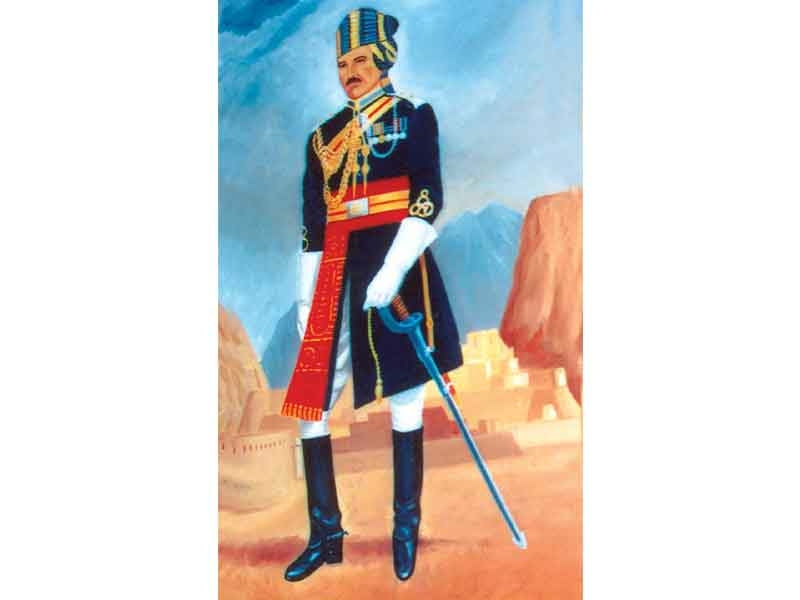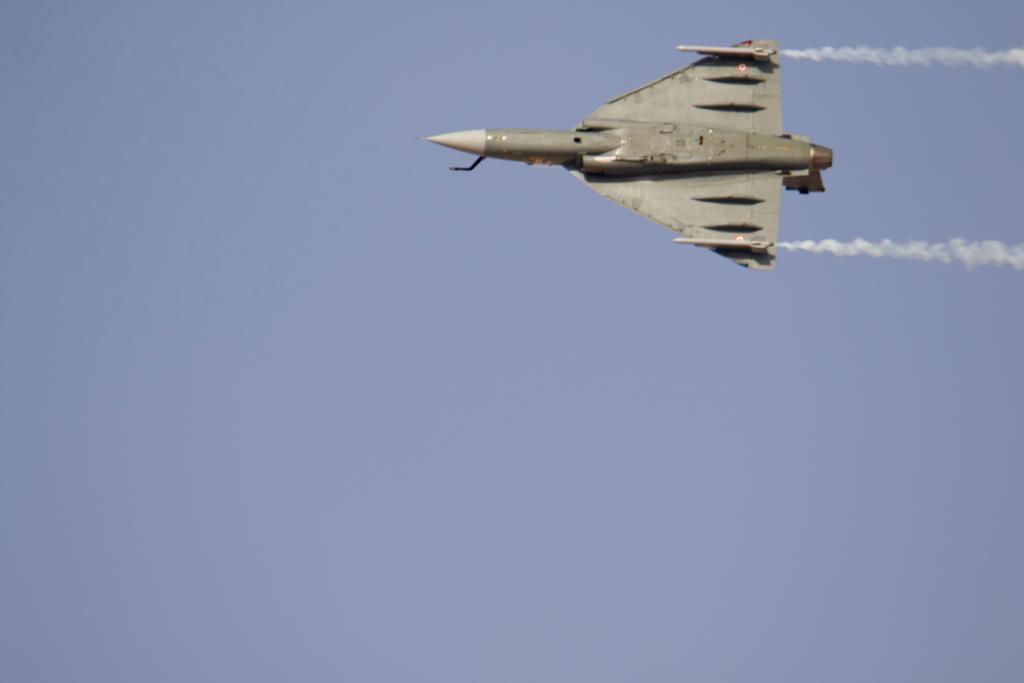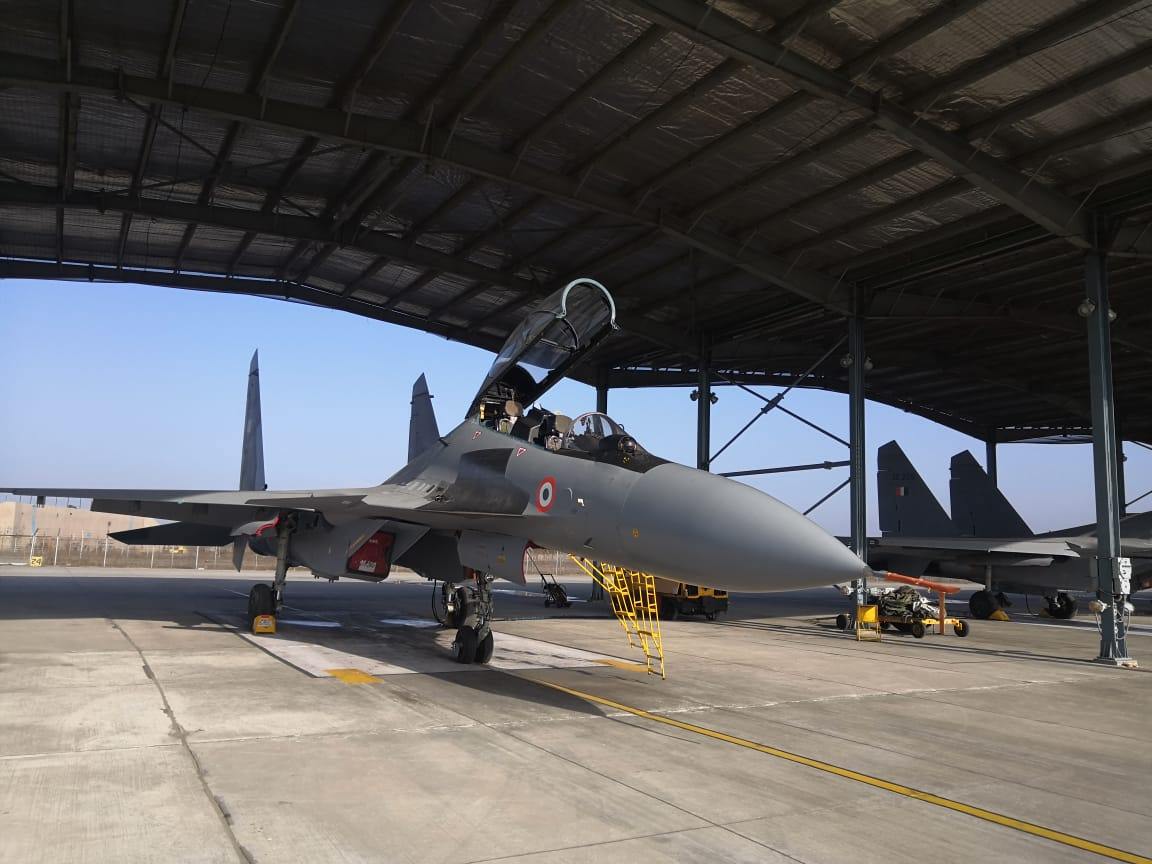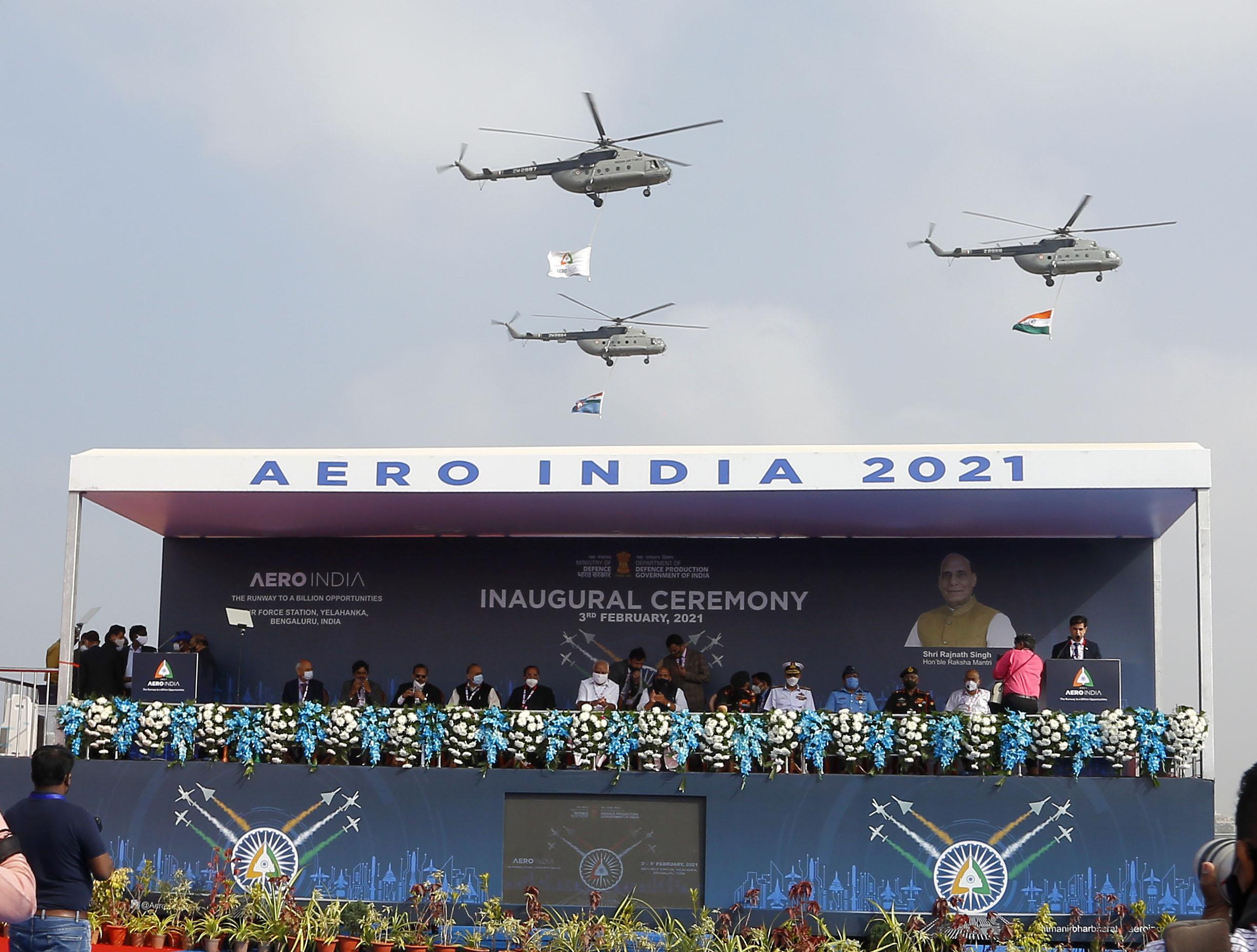Subedar Major Bikaner Artillery - 1937
SlideShow | ThumbnailsThe Artillery made its first impact on the Indian soil in 1526 when Babar, the Founder of the Mughal Empire in India, inflicted a crushing defeat on his opponent Ibrahim Lodhi in the first battle of Panipat by making a skillful use of his artillery. Ibrahim Lodhi on the other hand had a numerical superiority in terms of his infantry cavalry and 1,000 elephants but did not possess even a single gun. Akbar the Great, the illustrious grandson of Babar, won yet another decisive victory for the Mughals in the second battle of Panipat in 1556. His opponent was Hemu -a brilliant Hindu General of the Afghans who had recovered Agra and Delhi following the death of Humayun -Akbar’s father. The reason for Hemu’s defeat was the inadequate protection that he had provided to his artillery park, which the Mughals were quick to capture. The plains of Panipat were also the scene of yet another great battle fought between the Marathas and Ahmad Shah Abdali. The primary reason for the Maratha debacle was their ill-trained and weakly equipped artillery, vis-à-vis that of Abdali. In fact the Marathas who had aspired to replace the Mughal rule in India could never come to power thereafter. Strange indeed are the ways of history and the destinies of nations. The victorious Abdali was unable to benefit from his success at Panipat, as he had to rush back home to save his throne from a rival claimant. On the other hand, with the Maratha Army almost destroyed, it were to be the British to emerge as the ultimate gainers to rule India for the next two hundred years. What a chain reaction that followed due to an ill-equipped Maratha artillery. The Artillery shot into prominence again during the rule of Maharaja Ranjit Singh. Sikh guns were cast well and were adequate in number. Sikh gunners were highly skilled, motivated and well officered. The Sikh artillery had two outstanding achievements to its credit, firstly, victory at Chuch, where Sikh gunners repulsed a determined cavalry charge by the Afghans, which eventually led to the capture of the vital fort at Attock and secondly, the capture of the Afghan fort at Multan. To come to World War I, the scales were now tilted in favour of the foot-soldier, with trench warfare and murderous rifle and machine gun fire by the opposing armies. At the start of World War II, the German Panzers put circles around the Allies both in Europe and North Africa, and won spectacular victories. The foot-soldiers were equally heavily involved. The harder the fighting, the greater was the call for artillery support. Even as a counter to German armour, it was the artillery, comprising anti-tank, field, medium and anti-aircraft guns that had come into full play. In fact, towards the later stages of the war, it was the artillery of the Allies that was primarily responsible for victory. It had undergone a vast expansion and was backed by a liberal supply of ammunition. As to the contribution made by the Royal Indian Artillery, the role played by it was limited, since it possessed a very few number of units. Even after Independence, the Indian Artillery continued to be a small force, with one third of its units going to Pakistan. While it played a vital role in all the post-Independence wars, it was employed only in a combat support role to armour and infantry. It is only during the last two decades that there has been a considerable expansion of the artillery. As of now, the artillery has emerged as a formidable force of about 250 units, including two artillery divisions, on its order of battle (Orbat). The Regiment of Artillery also mans the surface-to-surface missiles (SAM’s) of the Indian Army.







